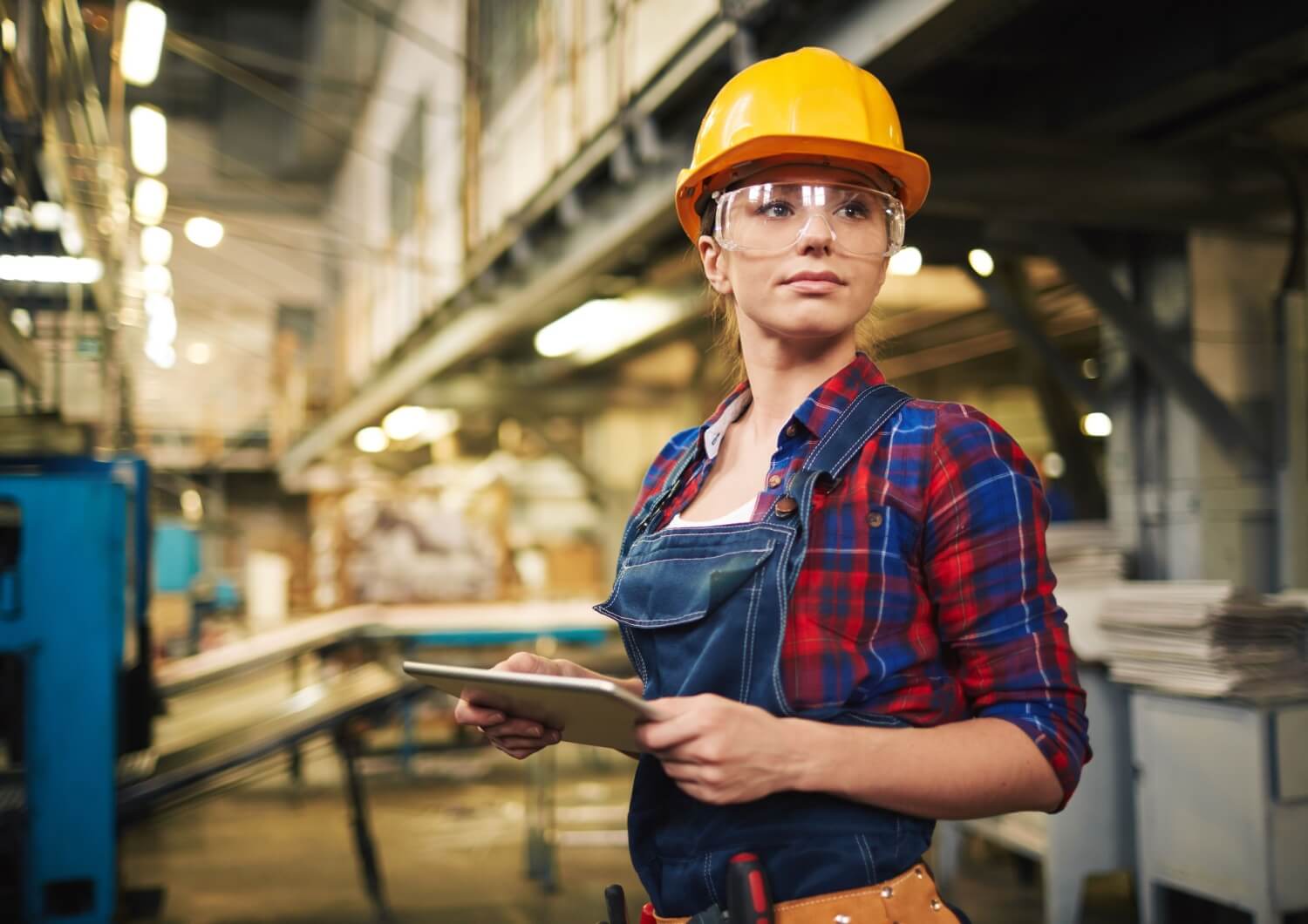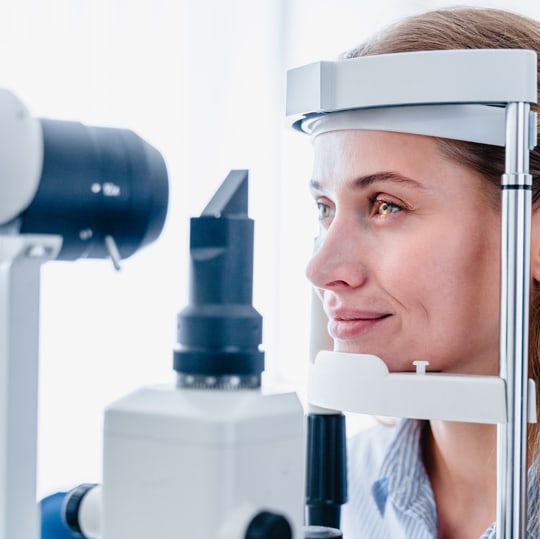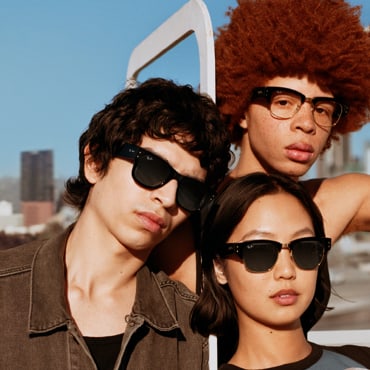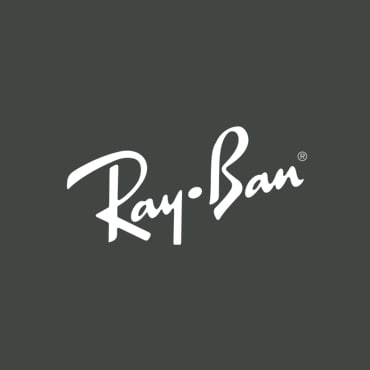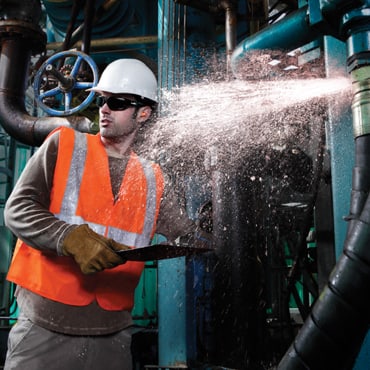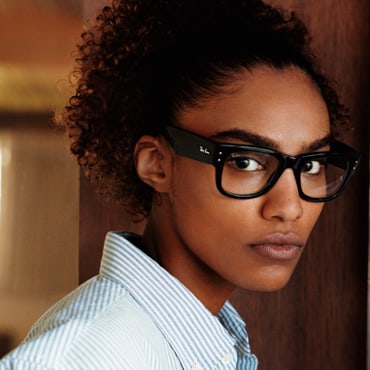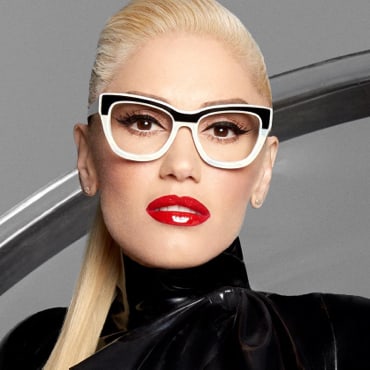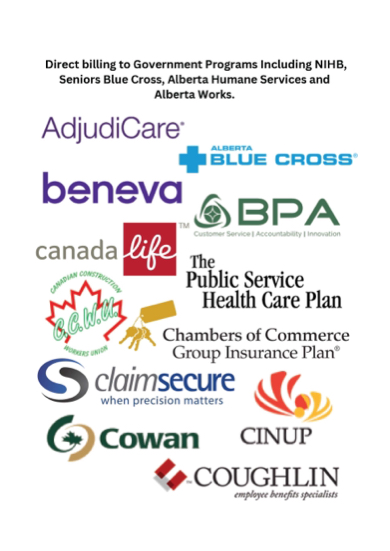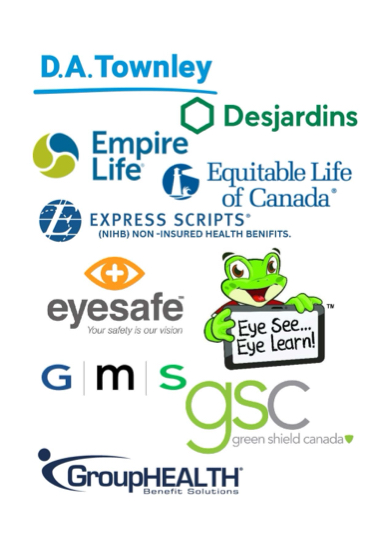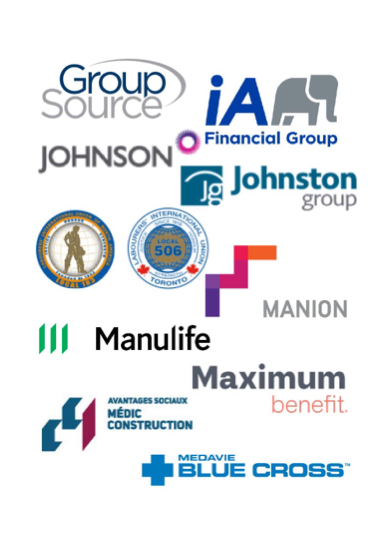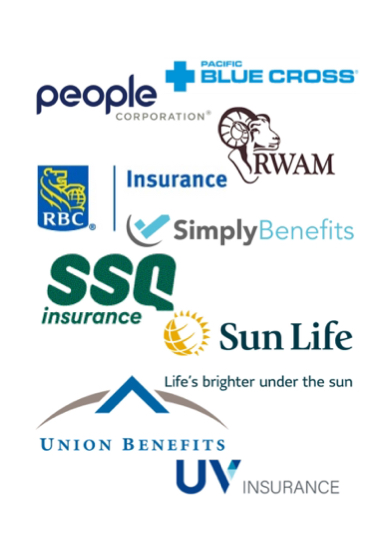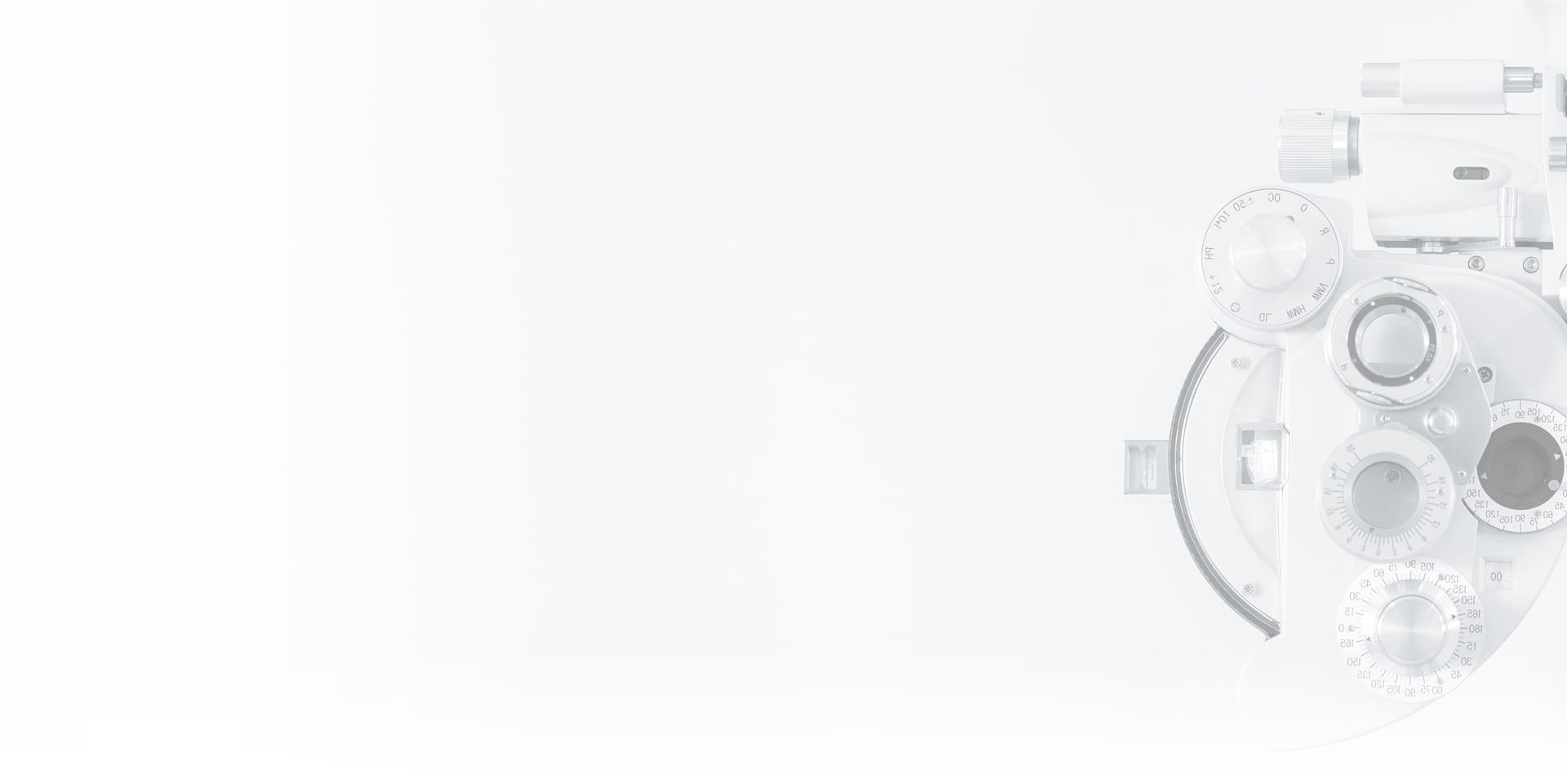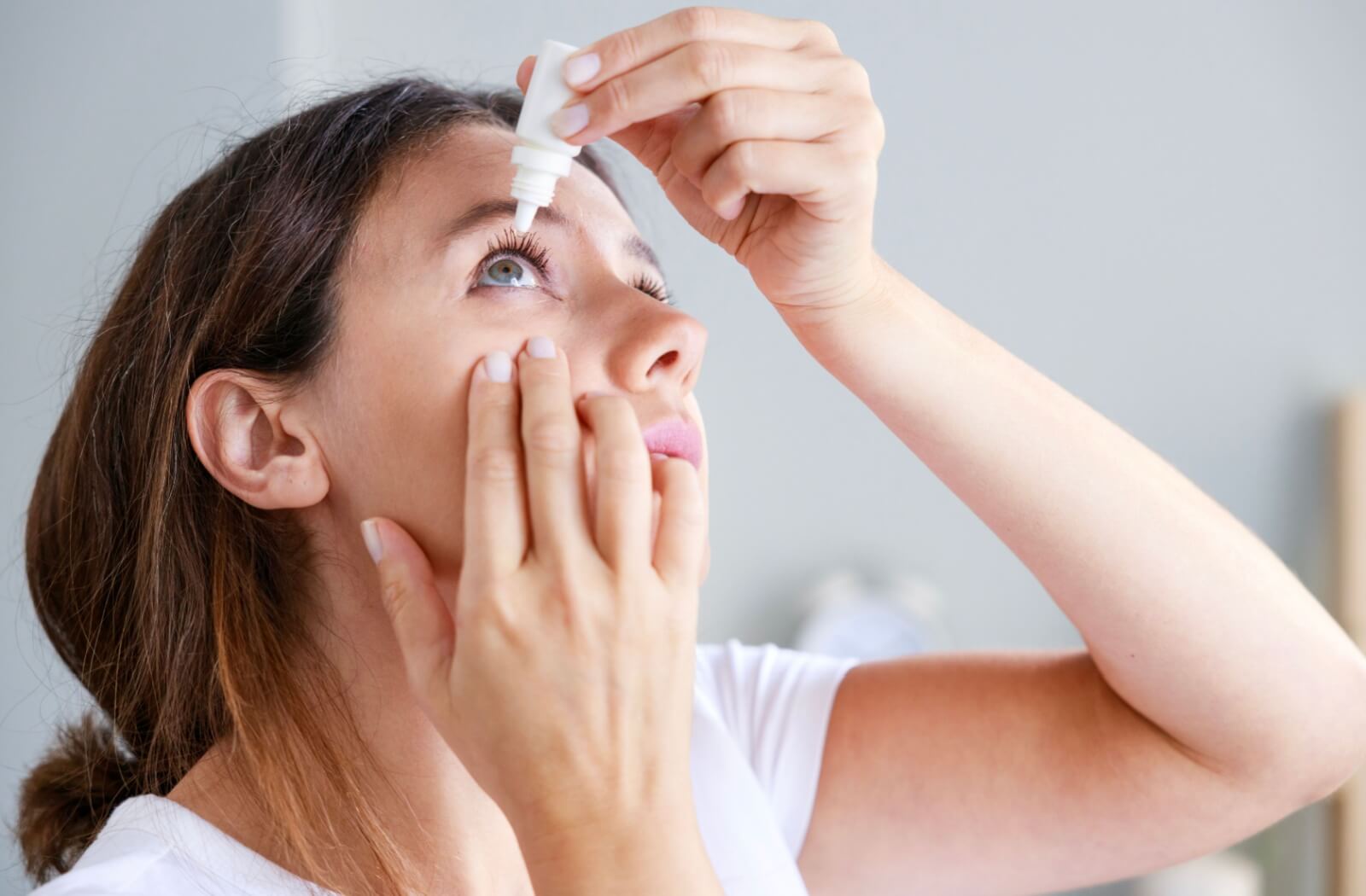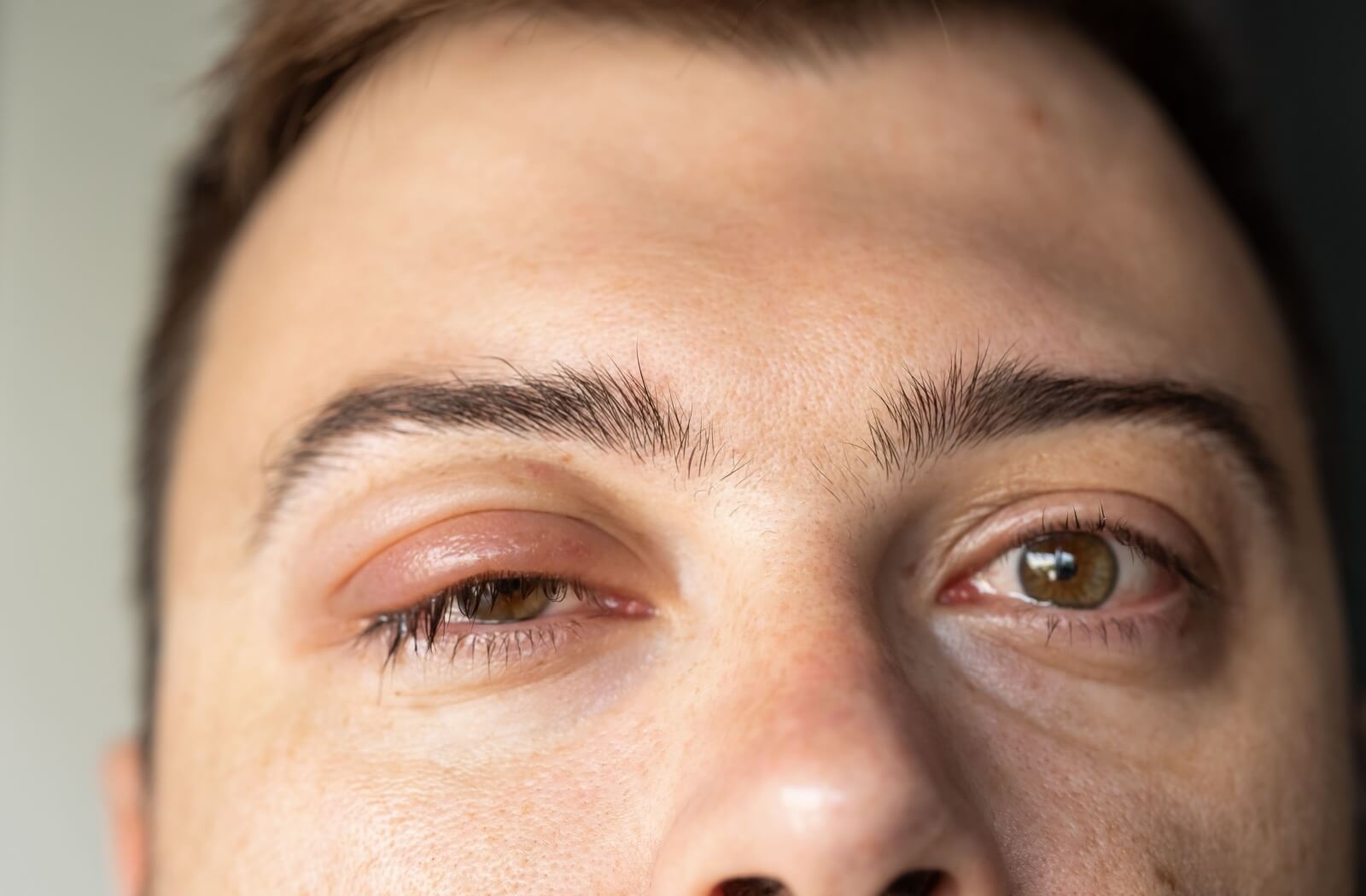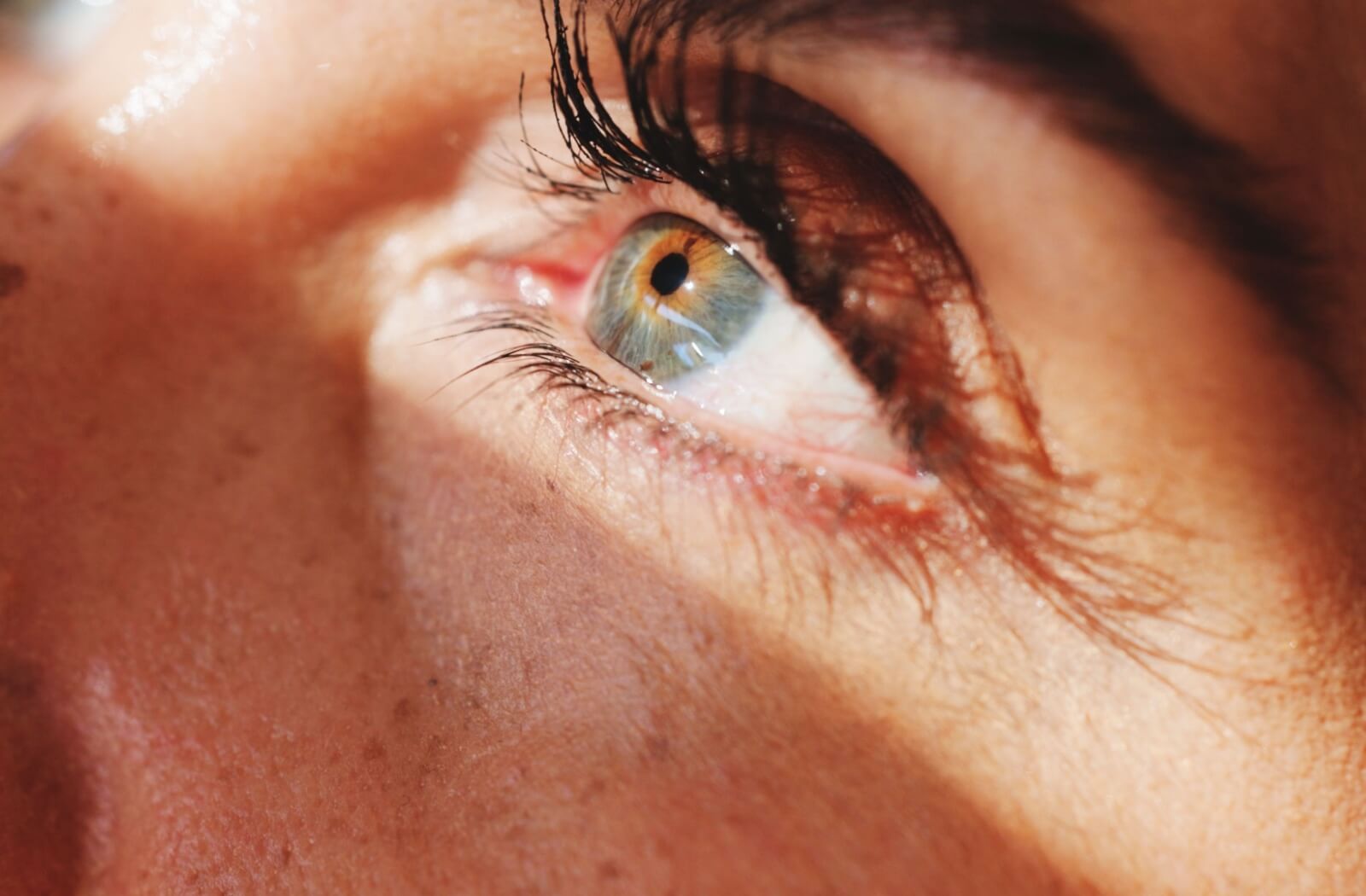Construction glasses are a type of safety eyewear designed to protect workers’ eyes from hazards like flying debris, dust, UV rays, and chemical splashes on construction sites. These glasses are engineered to meet specific safety standards, offering impact resistance, enhanced visibility, and comfort for long-term wear.
If you’re unsure what type of safety eyewear you need for your job, or if you’re curious about prescription safety glasses, our team at Eyesis Eyewear can help you choose the right protective eyewear. We also offer comprehensive eye exams to confirm your prescription is up to date before investing in any specialty lenses.
Why Construction Workers Need Protective Eyewear
Construction sites are filled with potential hazards for the eyes. Whether it’s sawdust from carpentry, sparks from welding, or fragments from grinding metal, your eyes are constantly at risk. Even short-term exposure to UV light from the sun or welding torches can lead to damage.
According to the Canadian Centre for Occupational Health and Safety, eye injuries account for a significant number of lost-time claims each year—many of which are preventable with proper eyewear.
That’s why construction glasses are more than just an accessory—they’re essential PPE (personal protective equipment).
Key Features of Construction Glasses
Construction glasses are designed with both safety and functionality in mind. Some of their standout features include:
- Impact resistance: Lenses are typically made from polycarbonate, a durable material that resists breaking or shattering.
- Side protection: Wraparound frames or side shields help prevent debris from entering from the sides.
- UV protection: Many safety glasses block 99–100% of harmful UVA and UVB rays.
- Anti-fog and anti-scratch coatings: These coatings improve clarity and lens lifespan, especially in humid or dirty environments.
- Comfortable fit: Adjustable nose pads and lightweight frames help prevent fatigue from all-day wear.
- Prescription compatibility: Options are available for workers who need vision correction.
If you wear regular glasses, prescription safety glasses or over-the-glasses (OTG) models are available, offering the same level of protection without compromising your vision.
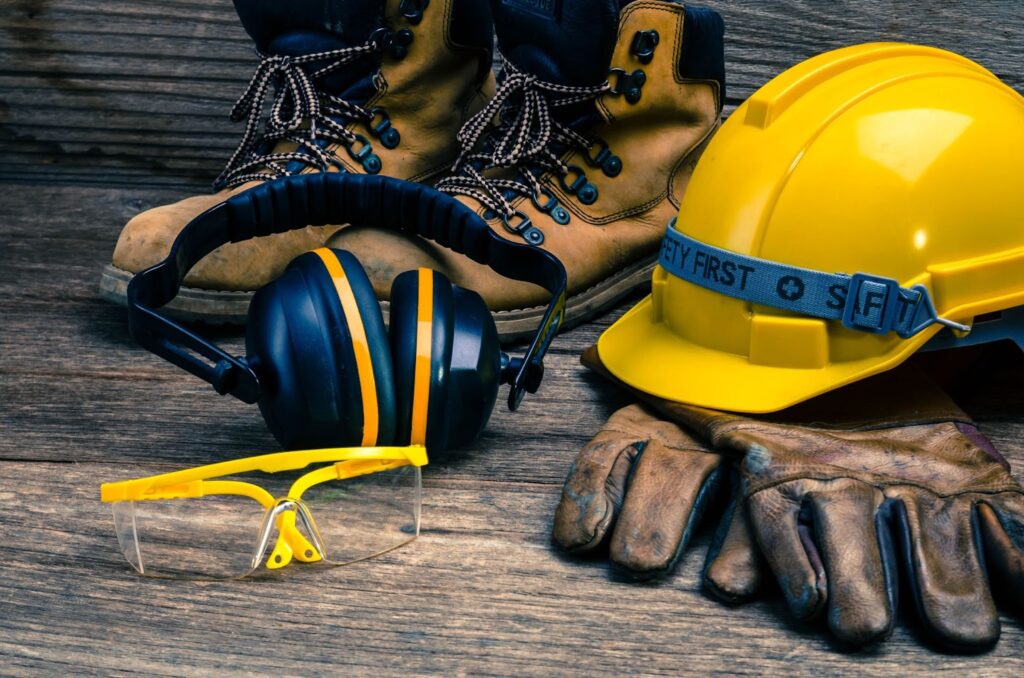
Types of Construction Glasses
There are various styles of construction glasses, depending on the type of work being performed and the level of protection required:
Basic Safety Glasses
These are general-purpose protective lenses that offer frontal and side coverage. They’re great for tasks like drilling, sawing, or using power tools.
Goggles
For dusty or high-particulate environments, goggles provide a sealed fit that prevents airborne particles from getting into your eyes.
Face Shields
Often used in conjunction with safety glasses or goggles, face shields offer full-face protection for high-risk activities like grinding or using cutting torches.
Welding Glasses
Designed to protect against intense light and radiation during welding, these glasses have specialised lenses that filter harmful UV and IR rays.
Prescription Safety Glasses
These are custom-designed to meet your vision needs while still meeting safety standards for impact resistance and eye coverage.
Safety Standards to Look For
In Canada, construction glasses should meet or exceed CSA (Canadian Standards Association) standards, specifically CSA Z94.3, which outlines performance criteria for protective eyewear. Look for CSA certification on the product or ask your optician for guidance.
Other international standards include ANSI Z87.1 (U.S.) and EN166 (Europe), which may apply if you’re working on international job sites or using imported gear.
Choosing the Right Construction Glasses
When selecting the right pair of construction glasses, consider these factors:
- Job hazards: Do you work with chemicals, sawdust, metal, or electricity? Choose glasses tailored to those specific risks.
- Comfort and fit: Ill-fitting glasses are less likely to be worn consistently. Look for adjustable frames, lightweight materials, and padding where needed.
- Prescription needs: If you already wear glasses or contacts, talk to your optometrist about integrating vision correction into your safety eyewear.
- Durability: Look for lenses with scratch resistance, anti-fog coatings, and reinforced frames to withstand tough conditions.
How to Maintain Your Construction Glasses
Proper care extends the life of your eyewear and confirms maximum protection:
- Clean them daily: Use a microfibre cloth and lens-safe cleaning solution to remove dust, oil, and grime.
- Store them safely: Keep glasses in a protective case when not in use to prevent scratches or warping.
- Inspect regularly: Replace glasses that are cracked, scratched, or no longer fit securely.
Some workplaces even provide cleaning stations or offer replacement programs to make sure employees always have functioning PPE.
Construction Glasses and Vision Health
Protecting your eyes isn’t just about preventing injury—it’s also about supporting long-term eye health. Regular exposure to UV light or debris can lead to conditions like cataracts, photokeratitis (sunburned eyes), or chronic dry eye.
Regular eye exams can help detect any early signs of damage and confirm your prescription stays current. With Eyesis Eyewear, our optometrists can assess your eye health and recommend the most suitable safety eyewear for your work and lifestyle.
Protect Your Eyes at Work—And Beyond
Construction glasses are a vital part of job site safety, but they also play a role in long-term health and comfort. Whether you’re framing a house, welding steel, or doing electrical work, the right protective eyewear can make all the difference in your productivity and peace of mind.We’re committed to helping you find glasses that fit well, meet safety standards, and suit your individual needs. Stop by our clinic or book an eye exam to learn more about how we can support your vision both on and off the job site.


